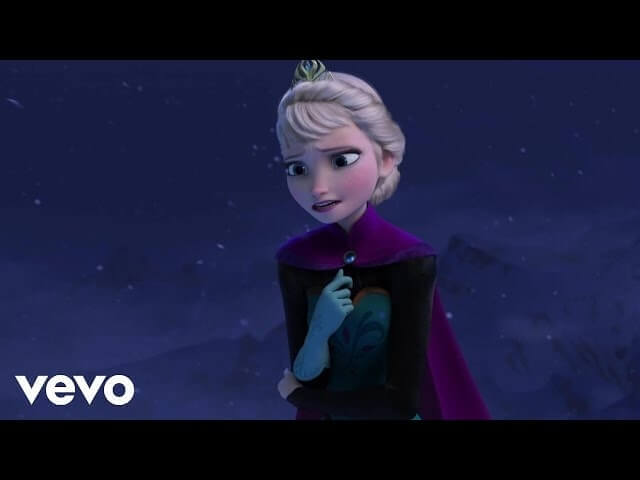Why Disney needs a gay princess

To those not engrossed in the Frozen fandom, the recent #GiveElsaAGirlfriend hashtag probably sounded like a parody of the social-justice movement. “Oh sure, everybody has to be diverse nowadays,” was the main response I saw when I wrote about the online campaign to make Elsa gay in the upcoming Frozen 2. But far from being an arbitrary call for diversity (if there is such a thing), the campaign is tied very specifically to the text of that insanely popular 2013 film.
For one thing, Elsa is the only Disney princess (er, queen) without a potential love interest. (The official Disney princess lineup is Snow White, Cinderella, Sleeping Beauty, Ariel, Belle, Jasmine, Pocahontas, Mulan, Tiana, Rapunzel, and Merida.) While that fact alone doesn’t mean she’s gay, it does mean her sexual orientation is still open for discussion. More importantly, Elsa’s journey can be read as a coming-out metaphor. From a young age her parents teach her to hide away the thing that makes her different (in this case, her ice powers), as she recites the mantra “conceal, don’t feel.” She lives a life of unhappy repression and isolation until she finally embraces her abilities, belts out that song you can’t get out of your head, and eventually rejoins her kingdom as a much happier ruler. In other words: She comes out and she’s better for it.
Like most allegories, it’s an imperfect one. Elsa’s ice powers have ramifications and dangers that don’t apply to sexual orientation. And there are equally valid readings of Elsa’s powers as a metaphor for mental illness, autism, or any kind of invisible “otherness” that makes people feel ashamed and alone. But in particular, she’s become a poster child for many in the LGBT community, with “Let It Go” adopted as something of a gay anthem. The #GiveElsaAGirlfriend campaign is simply a request to canonize the subtext many already see in the film.
Yet the call for a gay Elsa is also far more than just a demand for a particular story beat. Studies have shown that entertainment has a concrete impact on both self-confidence and tolerance, and a gay Disney princess would be a powerful statement of acceptance for young LGBT viewers. Alexis Isabel, the 17-year-old who started the #GiveElsaAGirlfriend hashtag, explained for MTV:
Growing up, I was really confused about who I was… Giving young girls the chance to understand that a princess can love another princess the same way Cinderella loved her Prince Charming is vital to their development. No one deserves to feel isolated and confused about who they are. All we need is someone to show us that there are other options, other kinds of princesses, and other ways to have the happy ending that you deserve.
Though the #GiveElsaAGirlfriend campaign has unsurprisingly launched a rival #GiveElsaABoyfriend campaign, what’s more interesting to me is the pushback from well-meaning people who claim not to have a problem with LGBT representation yet still don’t feel quite right about a gay Elsa. One frequent counterargument is that it’s more powerful to keep Elsa as an independent woman who doesn’t need a love interest at all. While it’s true that female characters tend to disproportionately focus on romance, in a world where gay and bisexual teens are four times more likely to try to kill themselves than straight teens, I would argue the power of a gay Disney princess far outweighs the power of a independent one. And when you consider Disney has recently offered female characters without romantic arcs in Zootopia, Inside Out, Wreck-It Ralph, and Brave, the demand that Elsa be single rather than gay feels slightly more disingenuous.
